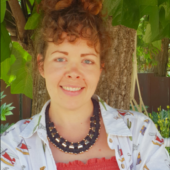Innovative location technology improving farm safety and efficiency
UK startup, what3words has developed a simpler way of talking about location – and it’s already saving time, money and lives across the world. Now, they want Australian farmers to benefit.
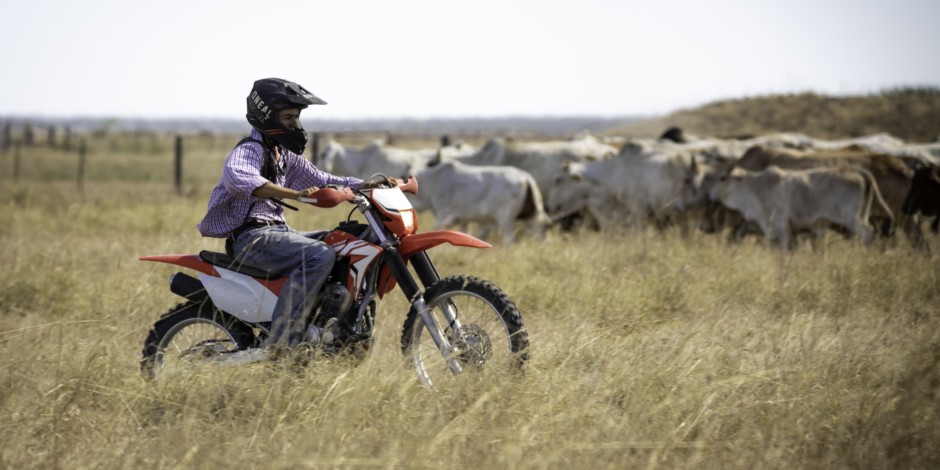
Many Australian farmers and their families live and work in remote, isolated locations. Directing people to specific places on the farm – like cattle yards or haysheds – can require lengthy and complicated descriptions. People go to the wrong place, and time is wasted. But unclear directions aren’t just inefficient – in emergency situations, they can be dangerous.
Now, Australian farmers can improve farm efficiency and safety by communicating a precise location with just three words.
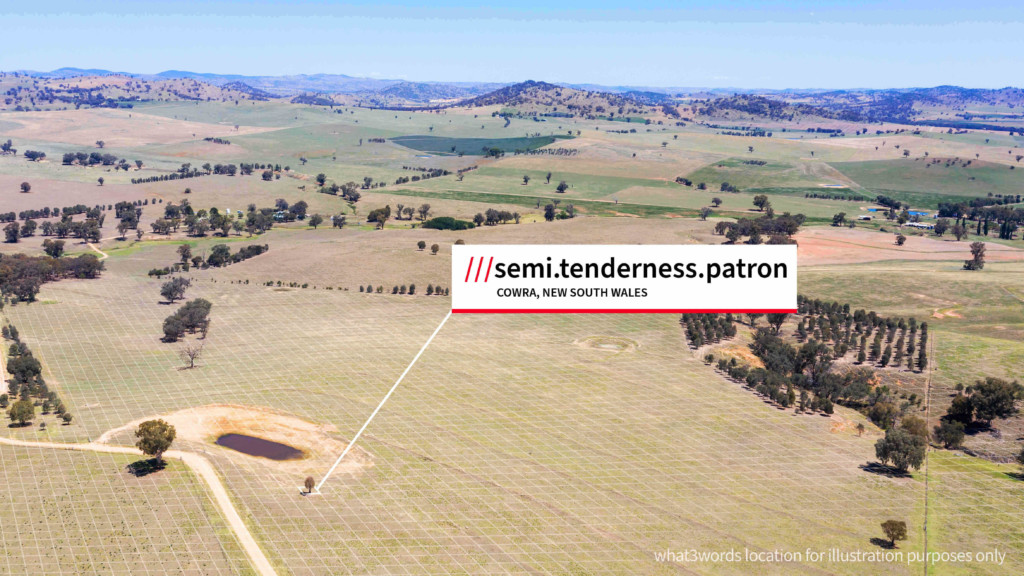
what3words was co-founded by Chris Sheldrick – who despite living in a world where GPS is embedded in everything from mobile phones to vehicles, got fed up with being lost. He saw limitations with the way we describe location – and decided to do it better.
Free mobile app gives Australian farmers an easier way to find and share precise locations
what3words is a practical, user-friendly language for describing location. By dividing the world up into three metre squares (57 trillion of them), each labelled with its own unique combination of three random words, the system gives people anywhere in the world the ability to communicate a precise location using just three words.
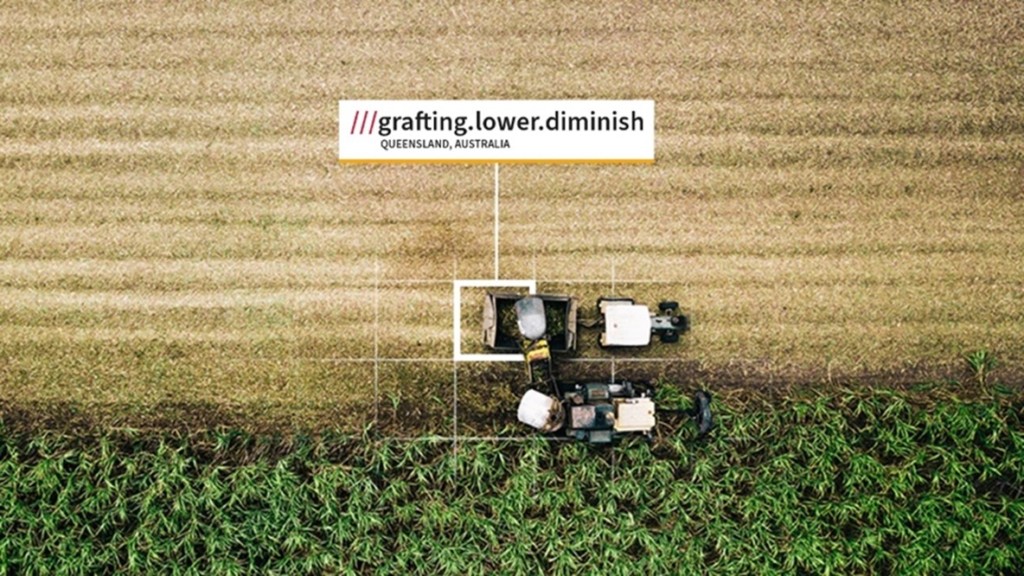
what3words is more detailed than a street address, which in remote parts of the world – like rural Australia – aren’t precise enough to help people find specific locations. A street address will locate the front gate, but not specific locations on a farm like a paddock, shed or silo.
RELATED: Simplicity and scalability the key to Ceres Tag’s global approach
And it makes GPS more accessible. Chris believes GPS coordinates are “amazing for machines, but the problem is, they’re not really ideal for people”. Making sense of a GPS location requires a basic understanding of navigation using lines of latitude and longitude. And communicating a complex set of 16 alphanumeric characters is a challenge. Remembering them is basically impossible.
“Making agricultural life less frustrating, more efficient and safer for everyone”
“what3words is the simplest way to talk about location,” said Chris. It covers the entire world, never needs updating, and works offline in even the most remote parts of Australia. And for individual users, it’s free. Users can access a free what3words app and online map to find, share and navigate to and from what3words addresses, anywhere in the world.
Describing a location with three words saves time and human error, and gets people swiftly where they’re needed. Coming from a farming background, Chris immediately saw the potential for agriculture.
“When it comes to describing where things are in rural areas, things can get really complicated,” Chris explained. “Many places like field entrances, farm buildings and damaged infrastructure have no address at all. If a fire breaks out in a barn or if someone is caught in running machinery, what3words can be used to communicate where help is needed. By being able to direct emergency services to an exact location, help can come fast enough to avoid extensive damage or fatalities.”
RELATED: Innovative plastic mulch alternative set to increase crop water productivity by 30%
But the what3words benefits go beyond just safety on the farm. The improved navigation and location services also offer the potential to increase operational efficiency. For example, sending an agronomist to an area of poor pasture health. Or helping a worker locate the point where an irrigation pipe is leaking. what3words can give that precise area its own address.
what3words partnerships lead Zolboo Dashmyagmar said, “An additional benefit of what3words is the ability to save a current location on our app. You might have to come back to the same spot the next day, or you might need to communicate with staff simply. You can save any location and easily share it using the messaging apps on your phone, or you can even take a photo of the area with its corresponding what3words address.”
With a what3words address, farmers, workers and contractors can get to where they need to be precisely.
what3words is already saving lives in Australia
Australian emergency services have recognised the benefits of simplifying the way we describe location, especially for people seeking help in unfamiliar or remote locations.
Zolboo said, “what3words is gathering momentum for emergency services across the world. In Australia, it’s been integrated into the BART (Broadcast. Alert. Respond. Turnout.) and Emergency+ apps. And every triple zero call talking agency throughout Australia has put a process in place to accept what3words addresses from members of the public in emergency calls.”
///murky.founding.spookfuls marks the exact location where an overseas traveller was rescued by emergency responders from cliffs on the northernmost tip of Flinders Island in the Bass Strait in April 2020. Being able to retrieve her exact location meant Ambulance Tasmania crews were quickly able to help in what would otherwise have been a treacherous challenge.
A proven technology ready for even the most remote Australian farms
Just eight years since its creation, what3words is available in 47 languages and used for e-commerce and delivery, navigation and emergency management across 193 countries. Millions of what3words addresses are used by thousands of businesses – including Ford, Mercedes-Benz, AirBnB, Aramex and Lonely Planet – for efficiency and safety benefits. The what3words team want to see Australian farmers enjoy those benefits, too.
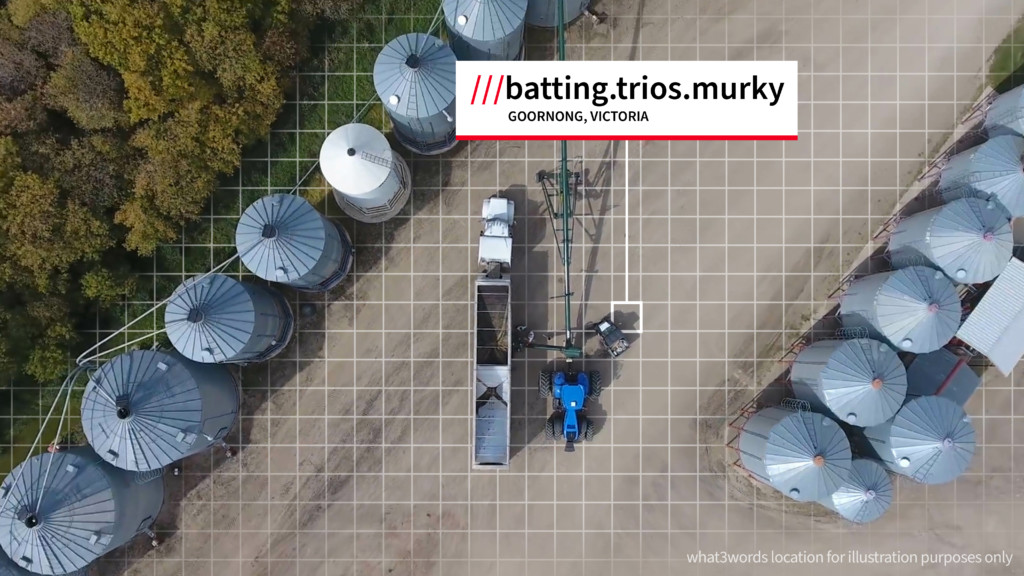
“We’re making the world a less frustrating, more efficient and safer place by what we do”, Chris said. And there’s fun to be had, too. It’s a tech innovation made for remote rural and regional Australia.
RELATED: Collaboration the key to future-proofing our rural industries
Connect with what3words users in Australia – or discuss ideas for using the technology on-farm, here.
Enjoyed this story? Want to learn more about the Asia Pacific region’s innovative agrifood tech ecosystem? Sign up for our newsletter here and receive fresh stories about global leaders, farmers, startups and innovators driving collaborative change.
